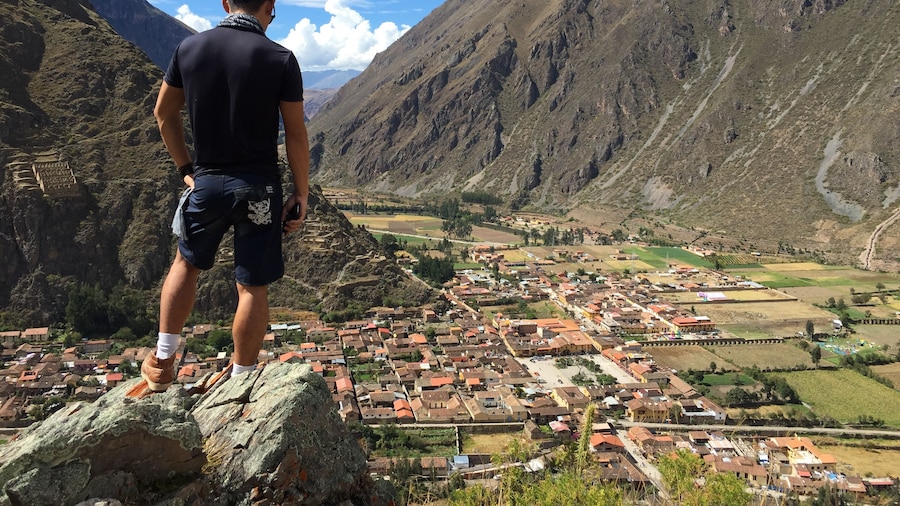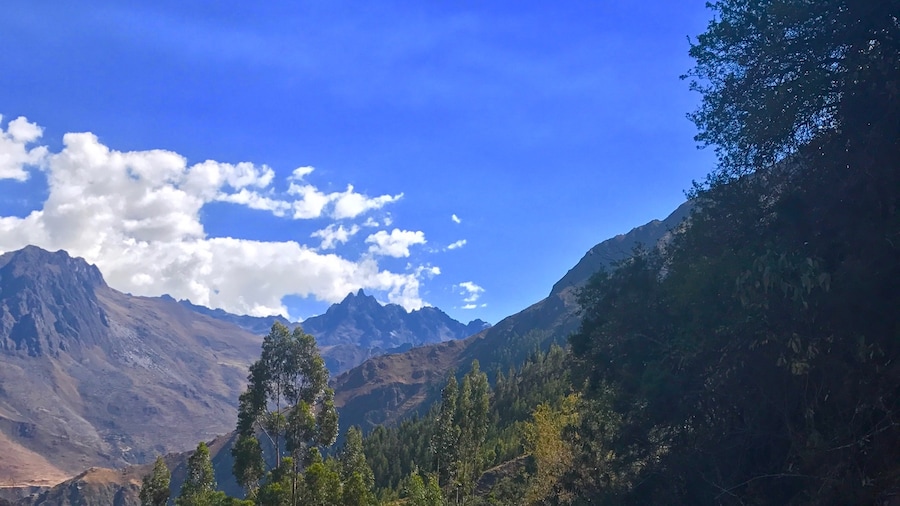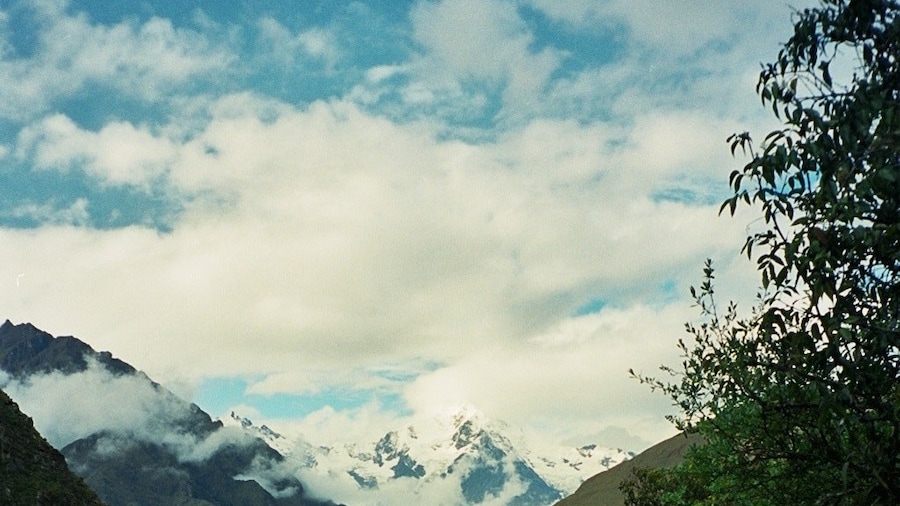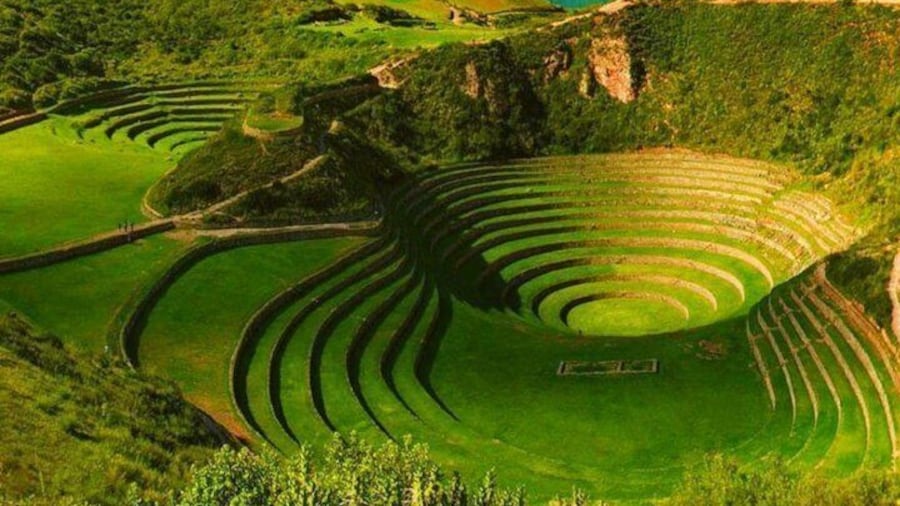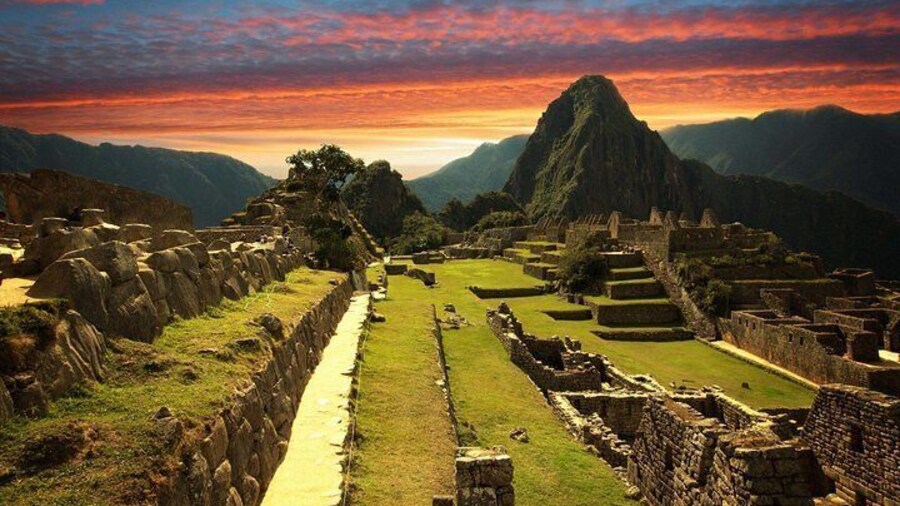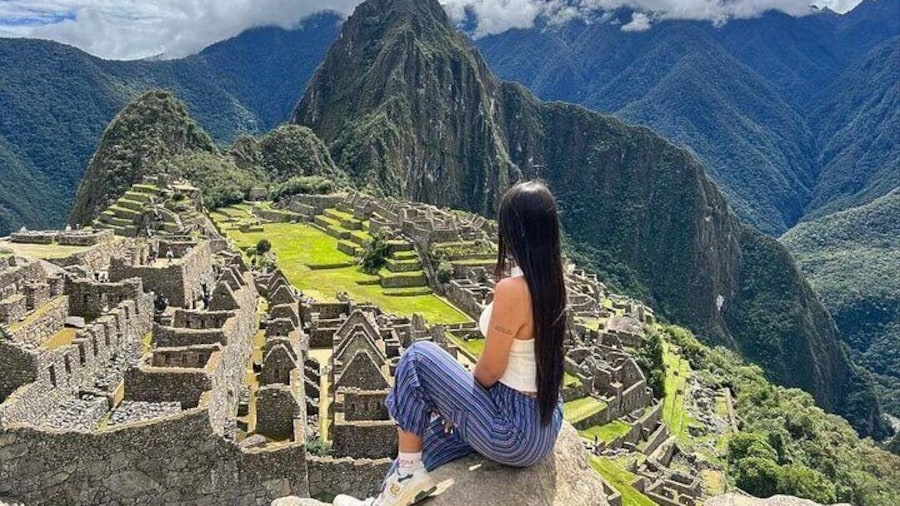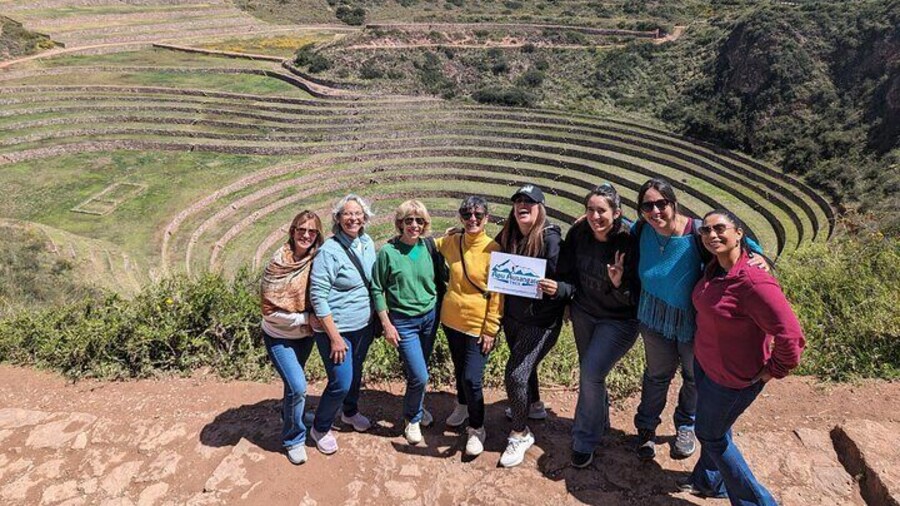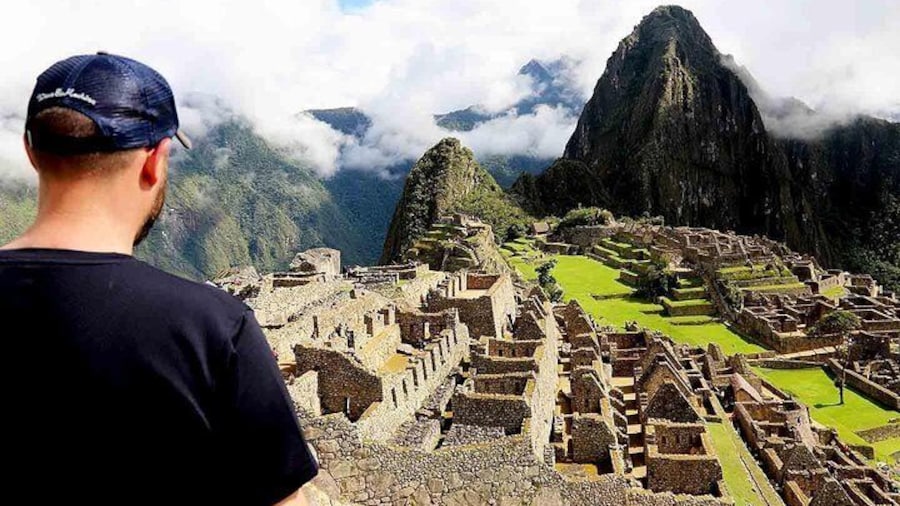A well-worn stop for visitors travelling to Machu Picchu, Ollantaytambo exudes an old-world charm despite the crowds it attracts. The Old Town is among the longest continuously inhabited neighbourhoods on the continent, with a well-preserved layout designed by the Incas. The town’s most famous attraction is an ancient fortress, one of the Inca’s most stunning architectural achievements.
Explore Ollantaytambo’s Old Town, a delightful grid of streets organised into canchas (blocks). Each cancha usually had one entrance leading into a main courtyard bordered by a group of houses. Investigate Calle del Medio, an excellent example of one of these small communities. Follow blue plaques around town designating the Ollantaytambo Heritage Trail, which guides visitors to the most interesting sites.
This city is a perfect base for hikes around the surrounding valley and mountains. Climb the stairs near Calle Lares K'ikllu and walk along the trail leading to Pinkuylluna. This 1.5-hour hike will take you to an old set of Incan granaries, a scenic spot with views over the Old Town and fortress.
Don’t miss the iconic Fortress of Ollantaytambo, an impressive example of Incan stonework consisting of terraces carved into the hillside. The ruins are believed to have served as a temple for worship and astronomical observation, before being used as a fortress to defend the city against an attack by the Spanish. At the bottom of the terraces, find Baños de la Ñusta, an area once used for ceremonial bathing.
Visit Ollantaytambo during its colourful festivals, when the city comes alive with dance, music and ceremonial processions. Numerous festivals are held throughout the year Fiesta de Reyes in January is one of the best. During this festival, an effigy is carried into town from the sacred site of Marcaquocha.
Ollantaytambo is located at the northwestern entrance of the Sacred Valley. The fortress ruins are popular with large tour groups during the day, so it’s best to visit early in the morning or late in the afternoon.











